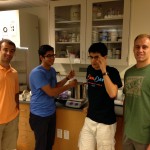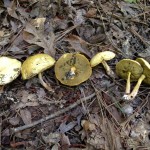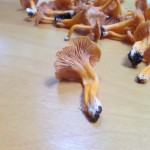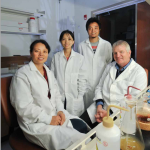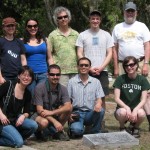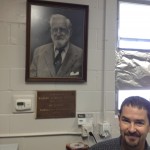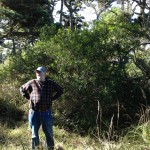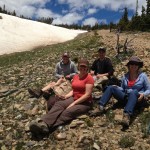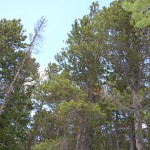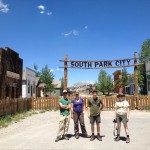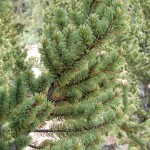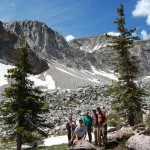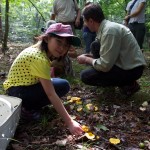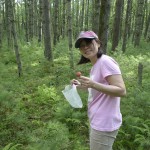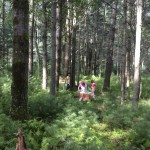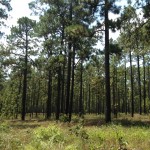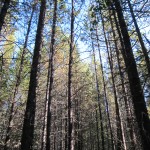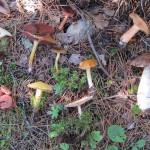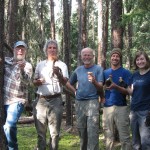We are seeking to employ a mycologist at our Edinburgh Garden who is or will become an international scientific leader. The successful applicant’s research will explore fungal diversity (e.g. systematics, ecology, evolutionary biology) to address societal challenges. As examples, these challenges may include but are not restricted to (i) the role of fungal diversity in maintaining ecosystem function and services, (ii) best practice in managing fungal disease threats to native (non-crop) ecosystems, and/or (iii) providing tools to promote human understanding of harmful and useful fungal diversity.
We are particularly interested in applicants who can demonstrate scientific excellence that is of international importance, and is also relevant to conservation policy in Scotland.
Applicants must be educated to PhD level (with PhD already obtained or about to be obtained). You should be an excellent researcher with a proven track record appropriate for your career stage, and have strong scientific writing ability. You’ll also need to be an effective communicator with the ability to clearly articulate the relevance of your research to both specialist and non-specialist audiences, and good interpersonal skills will be essential to develop and maintain effective relationships with colleagues.
A full job description and person specification can be downloaded from this page. Ideally we see the postholder working on a full-time basis, but we would consider applications from exceptional candidates looking to work part-time.
Salary range £25,947-£30,442 with appointment dependent on experience
Further details of RBGE’s science can be obtained from www.rbge.org.uk/science. Informal enquiries or questions with regards to this post can be directed to Dr Chris Ellis, Head of Cryptogamic Plants and Fungi (c.ellis@rbge.org.uk).
Interested applicants should send a CV and covering letter, outlining the skills and experience you could bring to the post, as well as a completed equal opportunities form, torecruitment@rbge.org.uk by 5pm GMT on Fri. 29th August 2014.
The Royal Botanic Garden Edinburgh (RBGE) is a recognised Centre of Excellence in plant and fungal diversity. Located in a UNESCO World Heritage city famed for its scientific innovation and cultural interest, the RBGE operates across a full range of activities from taxonomic monography to biodiversity genomics to ecosystem function and services.
 It’s been a busy couple weeks for the mycology class this fall. Last week we had a field trip to Duke Forest with Taylor Lockwood (before his fantastic Spirits of of the Forest show). Robin Smith from Duke News also came on our field trip and filed this report on the fungi that we found. This past week featured several ‘food oriented’ classes/labs that were part of a larger campus-wide event on “Subnature and Culinary Culture“. On tuesday our was visited by Dr. Ben Wolfe who gave us a lecture on the mycology and microbiology of artisan cheeses. Thursday the class went on a foray with “Wildman” Steve Brill who showed the class many edible and medicinal plants and fungi growing right on campus. We learned about edibility of several common mushrooms including Lepiota americana.
It’s been a busy couple weeks for the mycology class this fall. Last week we had a field trip to Duke Forest with Taylor Lockwood (before his fantastic Spirits of of the Forest show). Robin Smith from Duke News also came on our field trip and filed this report on the fungi that we found. This past week featured several ‘food oriented’ classes/labs that were part of a larger campus-wide event on “Subnature and Culinary Culture“. On tuesday our was visited by Dr. Ben Wolfe who gave us a lecture on the mycology and microbiology of artisan cheeses. Thursday the class went on a foray with “Wildman” Steve Brill who showed the class many edible and medicinal plants and fungi growing right on campus. We learned about edibility of several common mushrooms including Lepiota americana.


